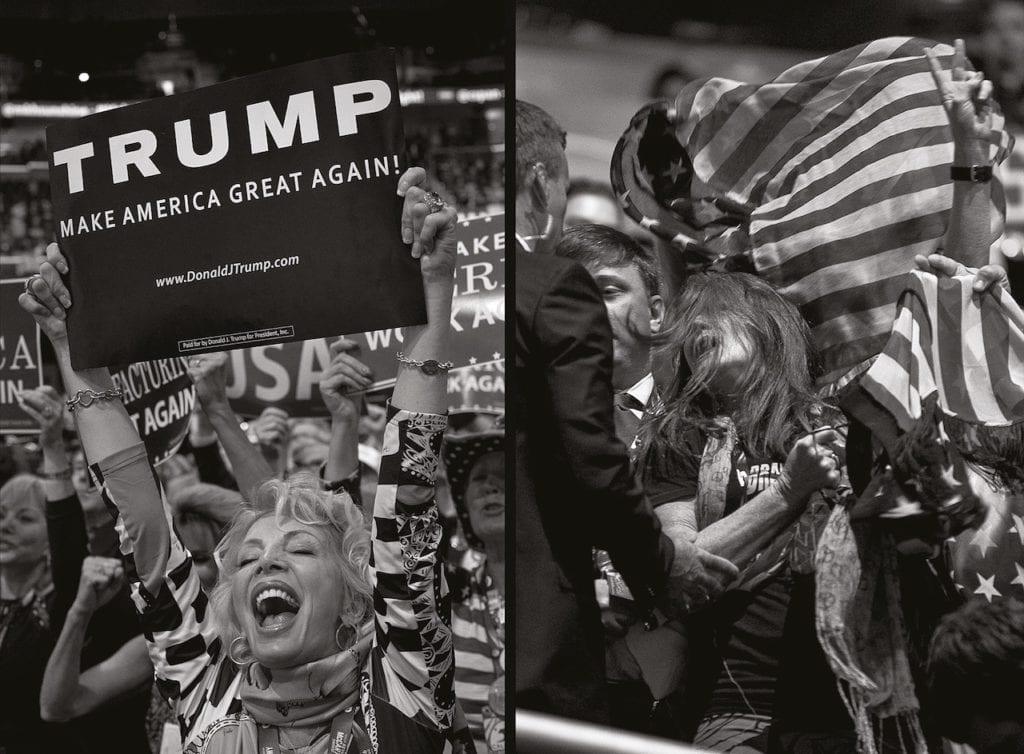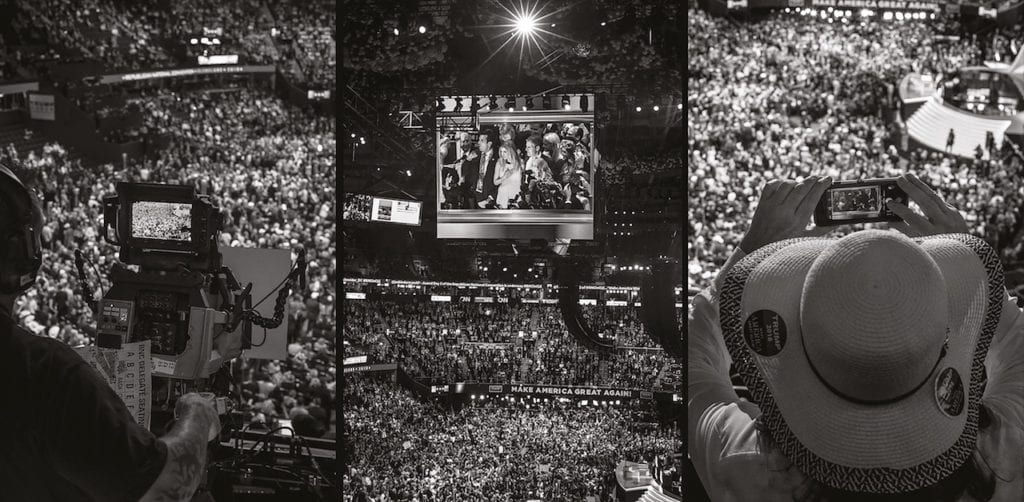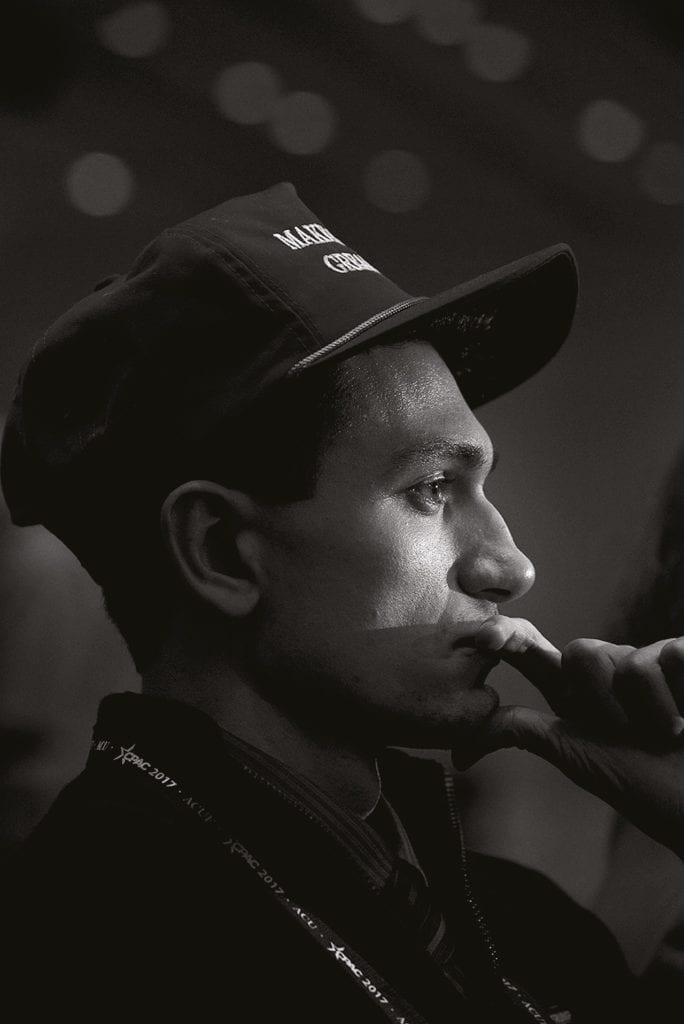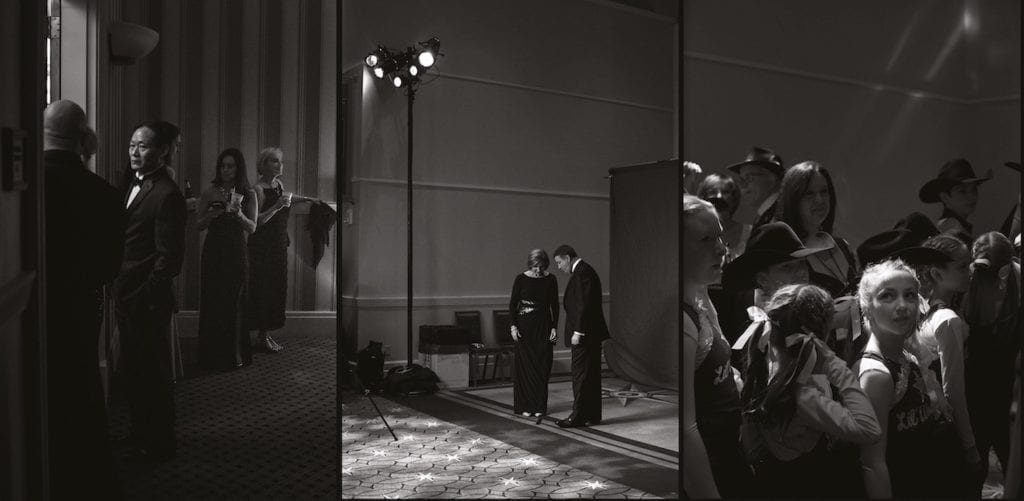Each year, British Journal of Photography presents its Ones To Watch – a selection of 19 emerging image-makers, chosen from a list of nearly 750 nominations. Collectively, they provide a window into where photography is heading, at least in the eyes of the curators, editors, agents, festival producers and photographers we invited to nominate made by our global network of experts. Every weekend throughout May, BJP-online is sharing profiles of the 19 photographers, originally published in the magazine.
“It’s becoming harder to photograph politics,” says Gabriella Demczuk, describing the more restricted access that follows a political landscape relying increasingly on the spread of information via social media, smartphones, and crowd-sourced imagery.
Photojournalists find themselves limited to shortened photo ops and carefully choreographed public appearances. “Going beyond the theatrics and finding moments of reality is the real challenge,” she says. “I find that people will always show their cards if you watch carefully. People are hard to control.”
The Lebanese-American’s work has spanned migration and the US border, the legacy of slavery, and portrait commissions for the likes of Time. The 10 years she has spent in Washington DC have also led to American Stasis, a three-chapter noirish exploration into the machinations of the US government. Despite her commitment to documenting reality, as opposed to curated theatrics, her presentation of these political contexts is stark
and stylised. Dark birds flock menacingly around an obelisk; a man’s head is misshapen, seen through the patterns of a glass; Washington DC appears to be a Hitchcockian place of shadows, reflections, silhouettes. As is often the case, this heightened, poeticised approach to image-making seems able to communicate the emotional timbre of an ongoing situation better than strict objectivity.
Laurence Butet-Roch, who nominated Demczuk for the Talent Issue, agrees that the photographer is “able to constantly offer a renewed perspective”. In her bold, artful style, Demczuk is “translating the mood of a nation”.

Demczuk considers herself a multidisciplinary artist and storyteller, and
to this end adopts different media and methodologies for each project depending on its content. She attempts to find a visual language that best suits her subjects, be it by using digital photography (in colour or black-and-white) or more unusual processes, such as intaglio printing or gum transfer.
Inspired by the likes of Sally Mann, Taryn Simon and Kara Walker, Demczuk draws from an expansive armoury of sources: from essays to poetry to “printmaking, paintings, digital art, kinetic sculptures, graphic design, nature”. This breadth of reference affords a freshness of approach that is unique, that produces a highly authentic and individuated voice. Butet-Roch describes the effect: “In a space that is brimming with photographers tasked with covering the same events, Demczuk manages to make images that are unmistakably hers, and hers alone.”
The photographer is not convinced that individual images alone can change opinions quickly. “Photography is a slow burn, affecting perception over time,” she says. “We are documenting for posterity, but we are also shaping how generations to come will perceive our time.” In this way, an aesthetic approach that is as specific and contemporary as Demczuk’s is important in documenting such time-worn subjects as politicians and policy. “I want to push how we can interact with imagery, to emphasise visual literacy, and to change what it means to be a photographer,” she says.
This article was originally published in issue #7884 of the British Journal of Photography magazine. Visit the BJP Shop to purchase the magazine here.




